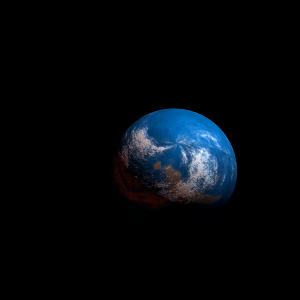|
|
Space Astro
|
Info for exoplanet "Sonke Puwa"
| Scientific (actual) data |
|---|
| Name | Kepler-123 b |
| Planet status | Confirmed |
| Radius | 0.262 |
| Orbital period | 17.2324 |
| Semi major axis | 0.135 |
| Discovered | 2014 |
| Updated | 2021-02-05 |
| Tconj | 2454970 |
| Impact parameter | 0.53 |
| Publication | Announced on a website |
| Detection type | Primary Transit |
| Alternate names | 2MASS J19475966+4246550 b, K00238.01, KIC 7219825 b, KOI-238 b, KOI-238.01, WISE J194759.65+424655.1 b |
| Star name | Kepler-123 |
| Right ascension | 297° |
| Declination | 42.78° |
| Mag j | 12.982 |
| Mag h | 12.725 |
| Mag k | 12.655 |
| Star distance | 1052.14 |
| Star metallicity | -0.199 |
| Star mass | 1.03 |
| Star radius | 1.26 |
| Star temperature | 6089 |
| Star alternate names | 2MASS J19475966+4246550, KIC 7219825, KOI-238, WISE J194759.65+424655.1 |
| Wikipedia article | Kepler-123 b |
Back
| |
| Fictional info (?) |
|---|
| Suggested name | Sonke Puwa |
| Planet type | Terrestrial |
| It has the longest rotation period (445 days) of any planet in its solar system and rotates in the opposite direction to most other planets.
A prominent result is the "great red spot", a giant storm that is known to have existed for centuries since it was first observed by radar.
challenging journey.
Wind speeds can reach 99 metres per second. |
| Atmosphere | Ammonia | 56% |
| Ammonium hydrosulfide (NH4SH) | 29% |
| Hydrogen peroxide | 14% |
| Argon | 4.0E-6% |
| Atmospheric pressure | 1.6 bar |
 |
| No known satellites |
| Google search for Sonke puwa |
|
Website by Joachim Michaelis
|
|
|
|